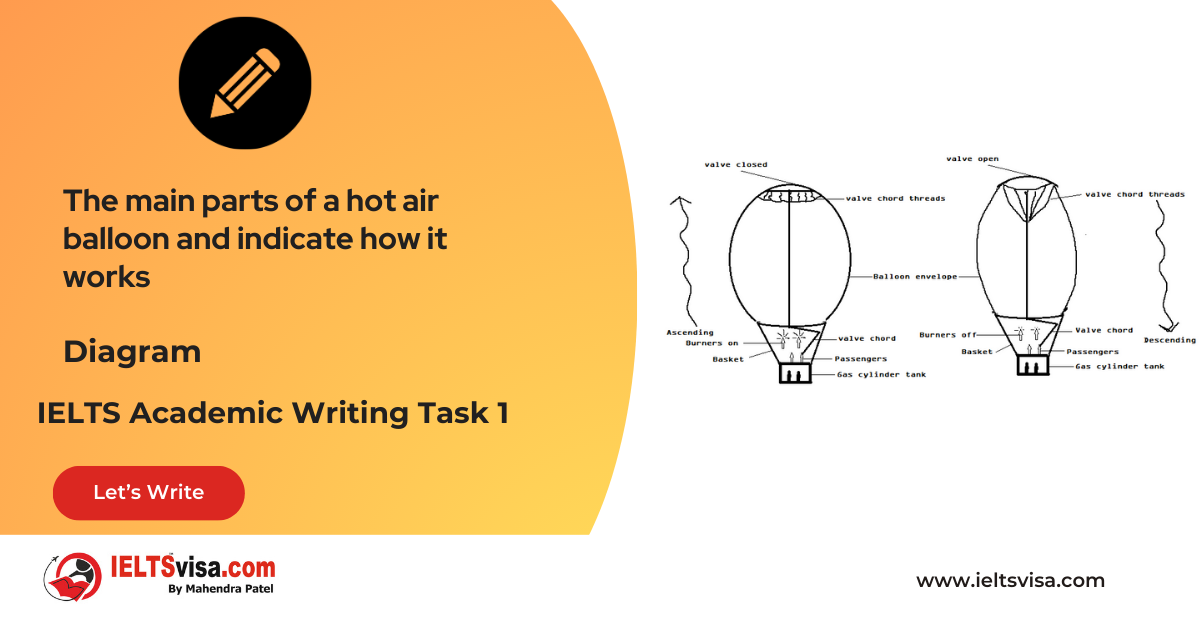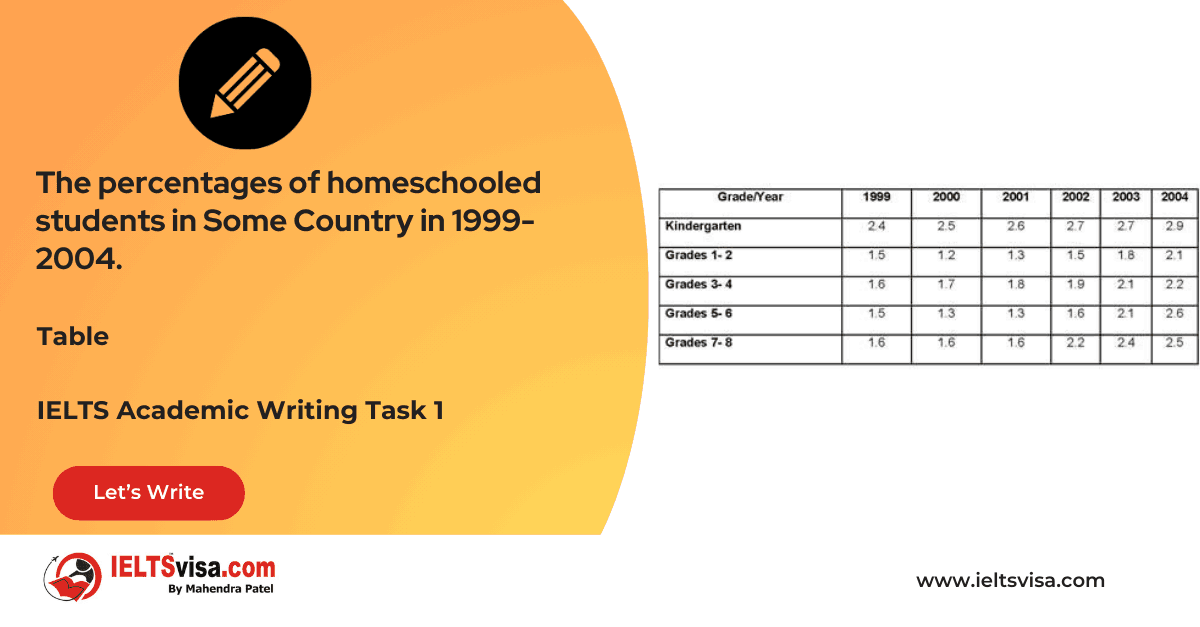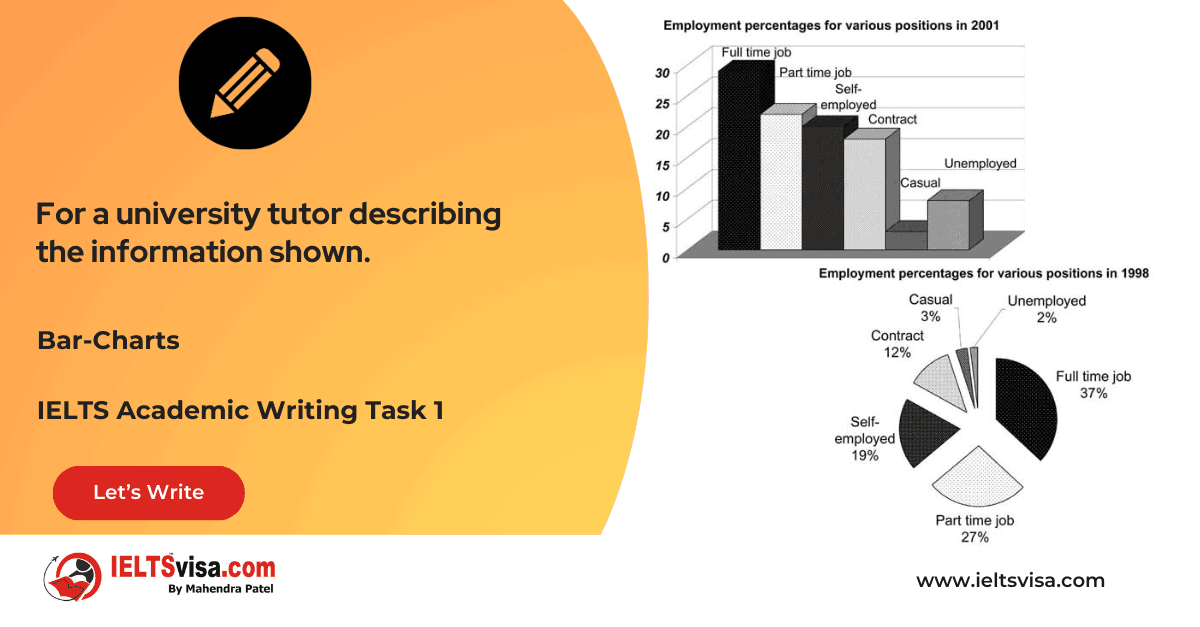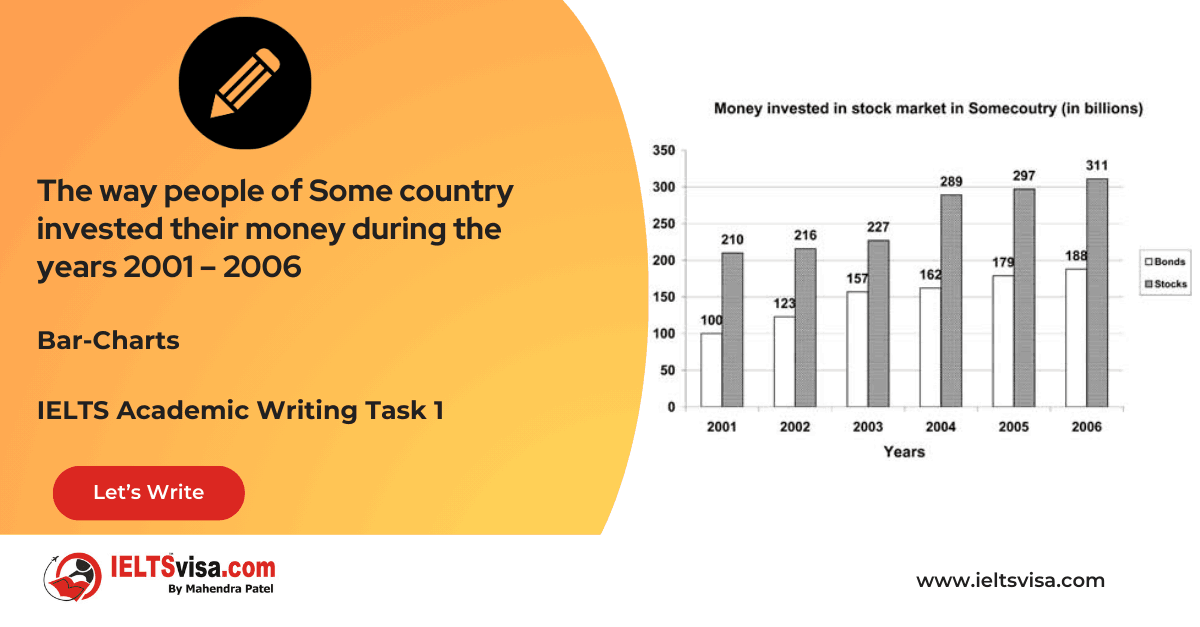Housing Preferences in British Cities in 2005
IELTS Academic Writing Task 1 - Bar Graph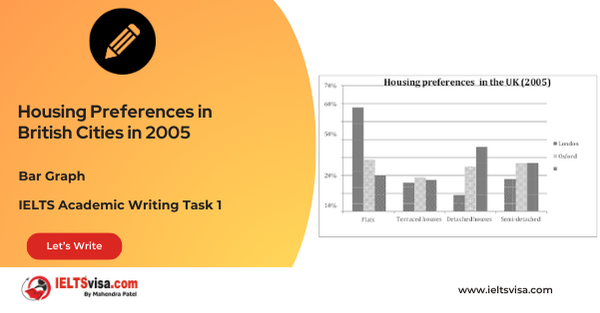
IELTS Writing Task 1 Question
The chart below illustrates the result of a British survey on the types of houses people liked, taken in 2005. Summarise the information given below and make comparisons where relevant
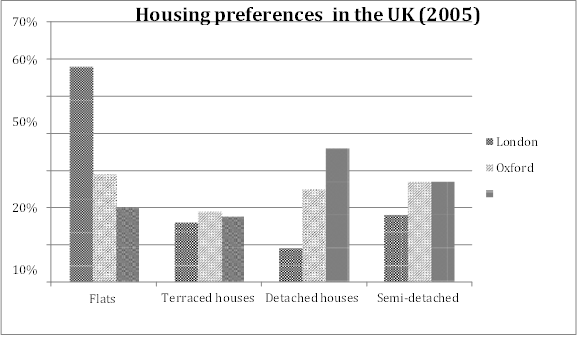
Common Questions for the Bar Graph
1. Graph Type: Bar Graph
2. Title: Housing Preferences in British Cities in 2005
3. What are the units of measurement?: Percentage of people preferring a type of house
4. Who: People in London, Oxford, and Cambridge
5. When: 2005
6. Where: British cities (London, Oxford, Cambridge)
7. Topic: Types of houses preferred by people in British cities
Comparison Showing and Trends Any change over time (such as an increase or a decrease) is a trend.
Comparison 1: Flats vs. Other Housing Types
- Details:
1. Flats were most popular in London, with 58% choosing them.
2. In Oxford and Cambridge, flats were less preferred (29% and 20%, respectively).
Comparison 2: Detached and Semi-Detached Houses
-
Details:
1. Detached houses were most popular in Cambridge (36%) and least popular in London (9%).
2. Semi-detached houses had similar preferences in Oxford and Cambridge (27%) but were less preferred in London (17%).
Sample Answer
The bar chart presents the housing preferences of residents in London, Oxford, and Cambridge in 2005, categorizing preferences into four types: flats, terraced houses, detached houses, and semi-detached houses.
Overall, London had a distinct preference for flats, whereas residents of Cambridge leaned towards detached houses. The preferences for terraced and semi-detached houses were relatively balanced among the three cities, indicating a diverse range of housing choices in 2005.
Flats were overwhelmingly popular in London, with 58% of the population expressing a preference for them, significantly higher than Oxford (29%) and Cambridge (20%). On the other hand, terraced housing preferences were reasonably consistent across the three cities, with figures ranging between 16% and 19%.
Detached houses were highly preferred in Cambridge, with 36% choosing this option, compared to 25% in Oxford and just 9% in London. Conversely, semi-detached houses showed similar preference levels in Oxford and Cambridge, with 27% each, while London recorded a lower figure of 17%.
Top 29 Vocabularies
| Vocabulary | Type | Meaning | Synonyms | Examples |
| Preference | Noun | A greater liking for one option over others | Choice, Liking | The survey revealed a clear preference for flats. |
| Overwhelming | Adjective | Very large or intense | Dominant, Predominant | Londoners showed an overwhelming preference for flats. |
| Stark | Adjective | Noticeable or striking in contrast | Clear, Distinct | A stark difference was seen in detached house preferences. |
| Consistent | Adjective | Remaining steady and unchanged | Stable, Uniform | Terraced housing preferences were consistent. |
| Diverse | Adjective | Showing variety or differences | Varied, Wide-ranging | Housing preferences were diverse among the three cities. |
| Presents | Verb | To show or display information | Displays, illustrates, shows | “The bar chart presents the housing preferences of residents.” |
| Housing | Noun | Buildings or structures for people to live in | Accommodation, dwellings, homes | “Housing preferences varied among the cities.” |
| Residents | Noun | People who live in a particular area | Inhabitants, citizens, locals | “Residents of Cambridge preferred detached houses.” |
| Categorizing | Verb | Dividing into specific groups or classifications | Classifying, grouping, organizing | “Preferences were categorized into four housing types.” |
| Distinct | Adjective | Clearly different or unique | Clear, unique, separate | “London showed a distinct preference for flats.” |
| Expressing | Verb | Showing or stating an opinion | Indicating, stating, articulating | “58% of residents expressed a preference for flats.” |
| Significantly | Adverb | To a large or noticeable extent | Remarkably, considerably, notably | “Flats were significantly more popular in London.” |
| Option | Noun | A choice or alternative | Choice, selection, alternative | “Detached housing was a preferred option in Cambridge.” |
| Leaned | Verb | To have an inclination or preference | Tended, gravitated, favored | “Residents of Cambridge leaned towards detached houses.” |
| Balanced | Adjective | Equal or fairly distributed | Even, stable, equitable | “Preferences for semi-detached houses were relatively balanced.” |
| Indicating | Verb | To point out or show something | Signifying, demonstrating, suggesting | “The chart indicates diverse housing preferences.” |
| Popular | Adjective | Liked or enjoyed by many people | Favored, well-liked, preferred | “Flats were popular in London.” |
| Range | Noun | A variety of things within a certain limit | Spectrum, scope, extent | “Preferences ranged widely across housing types.” |
| Figures | Noun | Numbers or statistical data | Data, statistics, values | “Figures for terraced housing were consistent.” |
| Optionally | Adverb | At one’s choice or preference | Selectively, voluntarily, freely | “Residents could optionally choose between flats and houses.” |
| Highly | Adverb | To a great extent or degree | Extremely, very, exceptionally | “Detached houses were highly preferred in Cambridge.” |
| Conversely | Adverb | Introducing an idea that is opposite to a previous one | On the other hand, however | “Conversely, semi-detached houses were less favored in London.” |
| Recorded | Verb | Documented or noted down | Logged, noted, observed | “London recorded a lower preference for semi-detached houses.” |
| Population | Noun | The group of people living in a specific area | Inhabitants, community, society | “A large proportion of the population preferred flats.” |
| Urban | Adjective | Relating to a city or town | City-based, metropolitan | “Urban residents favored flats over houses.” |
| Relatively | Adverb | When compared to others | Comparatively, moderately, somewhat | “Preferences were relatively stable across the years.” |
| Reflects | Verb | To show or indicate | Indicates, demonstrates, portrays | “Housing preferences reflect the lifestyle of residents.” |
| Substantial | Adjective | Large in amount or degree | Significant, considerable, major | “There was a substantial difference in preferences.” |
| Variation | Noun | A change or difference in condition or level | Difference, diversity, fluctuation | “Variation in preferences was observed among cities.” |

Our Books
Master IELTS Speaking Part 1
IELTS Writing Task 1 Book
IELTS Writing Task 2 Book
Practice IELTS Other Modules
IELTS Listening
The IELTS Listening test assesses how well you can understand spoken English in various contexts. It lasts about 30 minutes and is divided into four sections with a total of 40 questions. The listening tasks become increasingly difficult as the test progresses.
IELTS Academic Reading
The IELTS Academic Reading section assesses your ability to understand and interpret a variety of texts in academic settings. It is designed to evaluate a range of reading skills, including skimming for gist, reading for main ideas, reading for detail, understanding inferences, and recognizing a writer's opinions and arguments.
IELTS Speaking
The IELTS Speaking test assesses your ability to communicate in English on everyday topics. It lasts 11-14 minutes and consists of three parts: introduction, cue card, and a discussion based on the cue card topic.
IELTS General Reading
IELTS General Reading tests your ability to understand and interpret various types of texts. Here are some key areas and types of content you can expect to encounter in the reading section, along with tips for effective preparation.
IELTS Academic Writing Task 1
In IELTS Academic Writing Task 1, you are presented with a visual representation of information, such as graphs, charts, tables, or diagrams, and you are required to summarize, compare, or explain the data in your own words.
IELTS General Writing Task 1
In IELTS General Writing Task 1, you are required to write a letter based on a given situation. The letter can be formal, semi-formal, or informal, depending on the prompt. Here’s a breakdown of the key components to include in your letter
IELTS Academic Writing Task 2
In IELTS Academic Writing Task 2, you are required to write an essay in response to a question or topic. Here’s a guide to help you understand the essential elements of this task
IELTS Exam Tips
To succeed in the IELTS exam, practice regularly, familiarize yourself with the test format, improve your vocabulary, develop time management skills, and take mock tests to build confidence.
Grammer for IELTS
Grammar is the foundation of effective communication in English. Understanding tense usage, subject-verb agreement, and sentence structure enhances clarity and coherence in writing and speaking.
Vocabulary for IELTS
Vocabulary plays a crucial role in the IELTS (International English Language Testing System) exam, especially in the Speaking and Writing sections. Here’s an overview of why vocabulary is important and how it impacts your performance
RECENT IELTS SAMPLES QUESTIONS AND ANSWERS
Task 1 – Diagram – A conference hall built in 1981 and planned for 2020
20:00 Start Pause Stop [df_adh_heading title_infix="IELTS Writing Task 1 Question" use_divider="on"...
Task 1 – Table – The percentages of homeschooled students in Some Country in 1999-2004.
20:00 Start Pause Stop [df_adh_heading title_infix="IELTS Writing Task 1 Question" use_divider="on"...
Task 1 – Table – For a university tutor describing the information shown.
20:00 Start Pause Stop [df_adh_heading title_infix="IELTS Writing Task 1 Question" use_divider="on"...
Task 1 – Bar-Charts – The way people of Some country invested their money during the years 2001 – 2006
20:00 Start Pause Stop [df_adh_heading title_infix="IELTS Writing Task 1 Question" use_divider="on"...
Task 1 – Diagram – Rainwater Harvesting and Conversion to Drinking Water in an Australian Town.
20:00 Start Pause Stop [df_adh_heading title_infix="IELTS Writing Task 1 Question" use_divider="on"...
Task 1 – Column graph – Percentage of Young People Enrolled in Universities in 2000 and 2007.
20:00 Start Pause Stop [df_adh_heading title_infix="IELTS Writing Task 1 Question" use_divider="on"...

